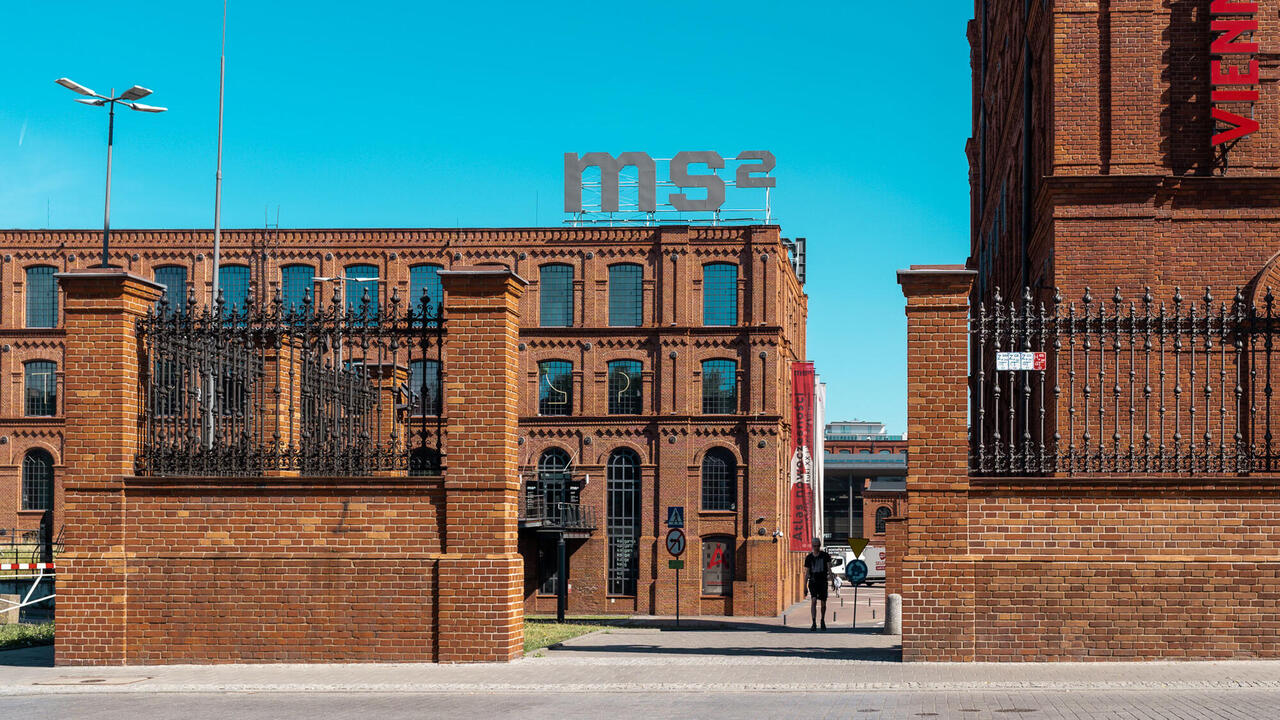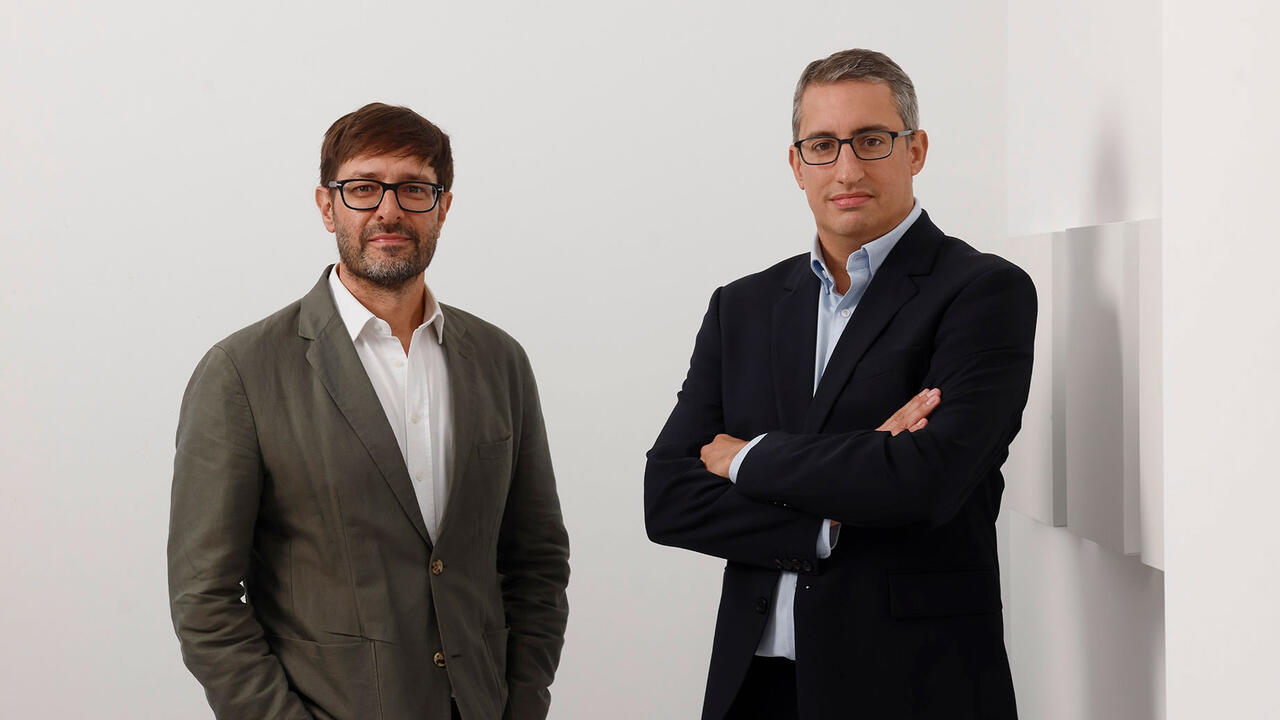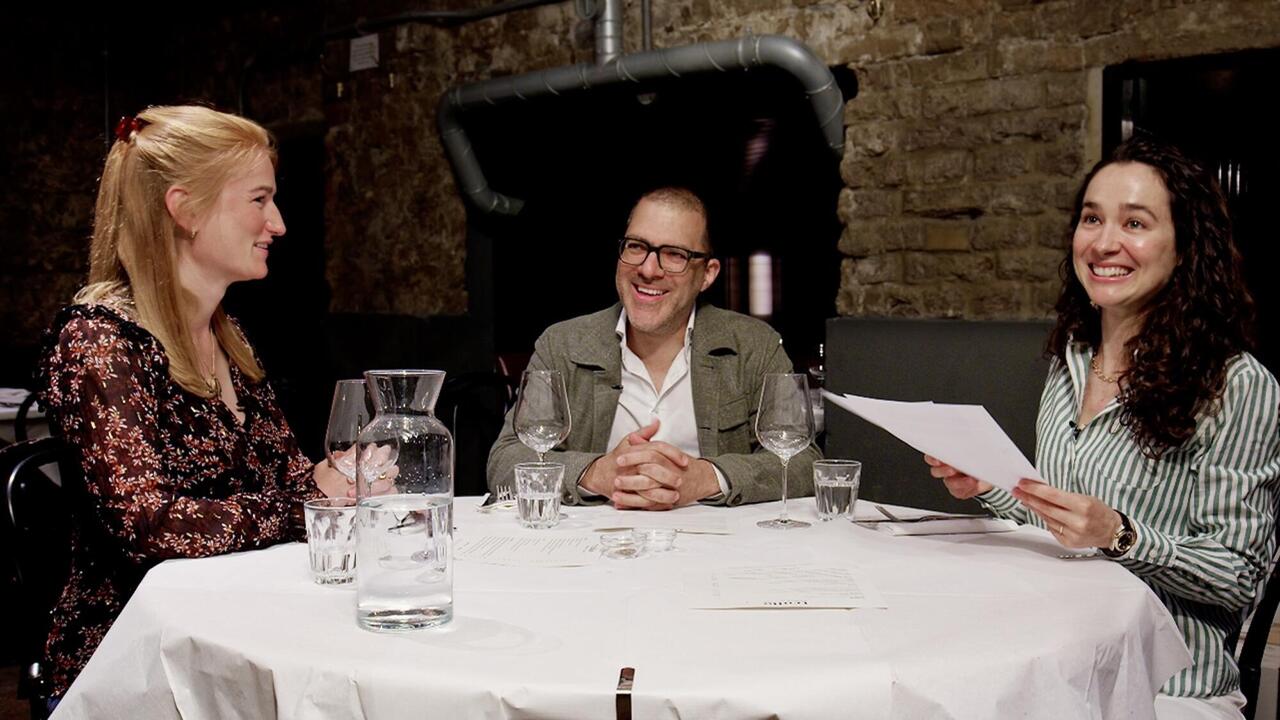Daniel Birnbaum Interview: From the Traditional Museum to the World of VR
The celebrated curator and former director of the Moderna Museet on why he moved to London to explore the possibilities of art and technology
The celebrated curator and former director of the Moderna Museet on why he moved to London to explore the possibilities of art and technology

Jennifer Higgie What precipitated your recent move from director of the Moderna Museet in Stockholm to artistic director of Acute Art in London?
Daniel Birnbaum I’d been working within very traditional art structures for 20 years or more – the world of exhibitions, studio-based schools and museum collections – very much the one summed up in Daniel Buren’s 1971 texts on the studio, the museum and the exhibition. It’s likely I will do more museum shows or teach again at some stage but, in a way, my new role – creating virtual reality [VR] and augmented reality [AR] works in collaboration with artists – is a step outside those traditional structures though not, of course, outside art. I felt a need to be more directly in touch with artists; my new role is a bit like a return to my roots. When I started out, I was more of a writer and an academic; I only became a curator because I was friends with artists and began to write for and about them and help them with their shows.
JH What is Acute Art?
DB Basically, it’s a kind of laboratory with curatorial ambitions and a studio that operates to realize artists’ visions in VR, AR and MR [Mixed Reality]. A lot of companies now are working in the field, but most of them are concerned with advertising and design. As far as I know, we’re the only one that deals exclusively with art. Virtual reality is a very new and puzzling environment – it’s a breakout of traditional structures into something that no one can totally predict. I have created a speculative advisory board to work with us, that involves people with lots of ideas about art and new technologies: Laurie Anderson, Cao Fei and Hans Ulrich Obrist.

JH Have you always been interested in new media?
DB Yes! Stockholm is a very high-tech city and I worked hard to get support for new media at the Moderna Museet, which has a long legacy of exploring the possibilities of art and technology. The legendary director of the Moderna Museet in the 1960s, Pontus Hultén, had a kind of machinic fantasy, and an obsession with Marcel Duchamp, who is really the heart and brain of the museum. The organization Experiments in Art and Technology [E.A.T.], which facilitated meetings and collaborations between artists and engineers, began in the mid-1960s. It started with Billy Klüver, the Swedish engineer who became one of the driving forces of the pop generation and who worked alongside artists including Robert Rauschenberg and Robert Whitman, and the US engineer Fred Waldhauer. The ground-breaking festival of ideas ‘9 Evenings: Theatre and Engineering’ was conjured up by Klüver and Rauschenberg and was meant to take place at the Stockholm Festival in 1966; it fell through and ended up moving to New York; it was staged at the Armory. Ten artists, including Öyvind Fahlström and John Cage, and 30 engineers took part.
One of the last things I initiated at the Moderna Museet is a show curated by Lars Bang Larsen on E.A.T., which will open in October. But it’s important not to be too nostalgic about all the great things that happened in the 1960s and to explore what might happen if the most important artists of our generation are given new technological tools with which to test their ideas.
JH Can artists interested in working in VR approach you at Acute, or do you invite them to work with you?
DB Yes, but at the moment we know who we’d like to work with and so we approach them. It’s very much up to me and my colleagues to find interesting artists and work out where and how to show them.
JH You’ve already created works with artists including Jeff Koons and Marina Abramović; who are some of the artists you’re currently collaborating with?
DB Louisa Clement, Nathalie Djurberg, Mark Leckey, Koo Jeong A and Bjarne Melgaard, as well as Antony Gormley in collaboration with the astrophysicist Priyamvada Natarajan. Also, we’re in conversation with artists including Anne Imhof, Philippe Parreno, Rachel Rossin, Tomas Saraceno and others.

JH What kind of artists are you looking to collaborate with? Are they already involved in making works with new media?
DB No, not at all. For example, Koo Jeong A makes beautiful, intimate drawings and we’re discussing the possibility of her making something that can be communicated via a mobile phone. And I’ve been talking with R.H. Quaytman about our common interest in the visionary artist Hilma af Klint. Despite the fact that Af Klint was born in the 19th century, her interest in accessing other dimensions anticipated, in some ways, new technologies, like a protype VR. Quaytman asked if we could do a Hilma piece together …
JH How does, or will, VR disrupt traditional structures of looking at art?
DB The art world will always like openings and dinners and conferences and being in a space with other people, so I don’t think VR will create a new kind of isolation but rather a new kind of art that will be able to reach audiences in different ways. With many people feeling guilty about travelling so much, VR isn’t located anywhere and so it raises the possibility of doing, say, simultaneous shows in London and Stockholm and Yokohama; it’s a bit like when Kraftwerk did multiple concerts at the same time. It’s possible that VR capabilities will become linked to mobile phones and become very mainstream …
JH Will staging VR exhibitions put extra costs on museum and gallery budgets?
DB When you think of what the crating costs are of transporting, say, a minor work from MoMA or the costs involved in insuring one of Claude Monet’s or Luc Tuymans’ paintings, the costs involved in VR are relatively minor.
JH How do you judge the intrinsic value of a work of art made in VR?
DB I think it’s important to stress that a good use of VR isn’t just about pleasing the medium – the risk is producing sensationalist kitsch. It’s important to work with artists who want to deconstruct the medium to see where it can go – in the same way, say, that Joan Jonas sabotaged video. A dream would be to see what would happen if Bruce Nauman used it – although maybe we need to find the Bruce Nauman of this generation.
Daniel Birnbaum is artistic director of Acute Art and lives in London, UK. Previously he was director of the Moderna Museet, Stockholm, Sweden, and director of the Städelschule in Frankfurt, Germany, where he also ran the school’s gallery, Portikus. He was co-curator of the 2003 Venice Biennale and artistic director of the 2009 edition. He also co-curated the 2005 and 2007 editions of the Moscow Biennale of Contemporary Art and the 2008 edition of the Yokohoma Triennale. Birnbaum is an adjunct board member of the Hilma af Klint Foundation.
Main image: Bjarne Melgaard, work in progress from My Trip, 2019, film still. Courtesy: Acute Art





















